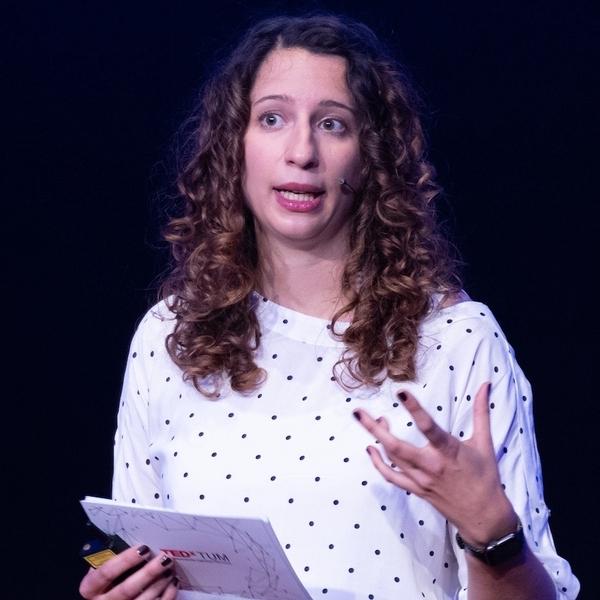Hendrik Dietz
Can you remember playing with legos? Now imagine doing that with molecules. Prof. Hendrik Dietz, professor for experimental biophysics at TUM, runs a lab which does just that. Inspired by the rich functionalities of natural macromolecular assemblies such as enzymes, molecular motors, and viruses, the Dietz lab investigates how to build increasingly complex molecular structures. The goal is to build molecular devices and machines that can execute user-defined tasks. DNA origami in particular enables building nanodevices that can already be employed for making new discoveries in biomolecular physics and protein science.
Judith Egger
What can science and art have in common? Judith Egger (*1973, living and working in Munich), a mixed media artist reveals how the latter can help us make sense of even the biggest event in the history of science. She received the Munich interdisciplinary art prize "zwei:eins" for the project proposal Ursprung/Origins, which she presented last year together with her project partner Prof. Dieter Braun. Performances, installations, objects, and drawings by Judith Egger have been shown in cities like Kitakyushu (Japan), Paris, New York, London, Milan and Beijing.
Markus Becherer
Growing up, Prof. Markus Becherer wanted to be a woodwork. Nowadays, he is the provisional head of the Chair of Nanoelectronics at Technical University Munich (TUM). He is lecturing in the field of nanoelectronics and silicon technology. His current research interests include all things tiny like novel fabrication techniques for nanomagnetic and -electronic devices, low-power applications of all-magnetic digital circuits and integration of those into microelectronics.

